What is BitVM? Exploring Bitcoin’s latest scalability solution
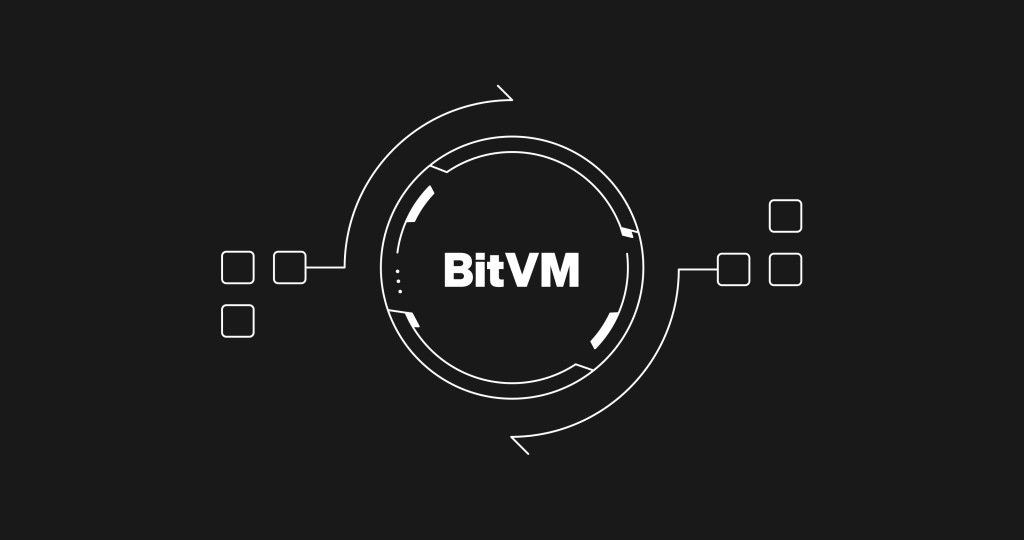

Have you ever wondered how Bitcoin, designed initially as a digital currency, is evolving with new technologies? One example is BitVM, short for Bitcoin Virtual Machine — a computational engine introduced by Robert Linus.
It's not about turning Bitcoin into a pseudo-Ethereum. Instead, BitVM is focused on scaling the Bitcoin network efficiently, where lightning or other protocols may have fallen short in some respects. BitVM aims to enhance Bitcoin's capabilities, particularly in handling a large volume of transactions — a key aspect where Bitcoin has faced limitations.
BitVM seeks to maintain the core principles of Bitcoin while amplifying its scalability, unlike Ethereum's strategy with decentralized finance (DeFi) apps. This advancement in blockchain technology provides exciting opportunities while remaining loyal to Bitcoin's initial purpose.
Will BitVM reshape the future of Bitcoin and blockchain scalability?
TL;DR
-
BitVM evolution: BitVM is helping to redefine Bitcoin by enabling smart contract-like functionalities without transforming it into Ethereum.
-
Scalability focus: Robert Linus created BitVM to scale Bitcoin efficiently, addressing its transaction volume limitations.
-
Off-chain innovation: BitVM processes complex computations off-chain, reducing Bitcoin's blockchain congestion and efficiency.
-
Two-party limitation: A key point about BitVM is its focus on two-party transactions, distinguishing it from EVM's multi-party capabilities.
-
Future potential: How will BitVM's development impact Bitcoin's role in blockchain technology, considering its off-chain processing and fraud safeguards?
Get started
What is BitVM?
BitVM doesn't operate by running code on the Bitcoin blockchain as other smart contract platforms do. It introduces a system where the validity of any process can be verified on Bitcoin's blockchain, while preserving the security and core values of the network.
The core of BitVM is its strategy for enlarging Bitcoin. Developers can figure out practically anything on Bitcoin by allowing elaborate Turing-complete smart contracts once the engine's abilities are advanced.
This scalability focus is crucial as it addresses one of Bitcoin's longstanding challenges: efficiently processing a large volume of transactions. BitVM achieves this by processing complex computations like Turing-complete smart contracts off-chain, thus reducing congestion on Bitcoin's blockchain.
What makes BitVM a groundbreaking solution is its potential to decentralize various aspects of applications that previously relied on central services. This adds more possibilities to Bitcoin without the need for network upgrades. This innovation is still a work-in-progress, but it heralds a new era for Bitcoin where the network could handle more complex applications while staying true to its original vision.
How does BitVM work?
Bitcoin Virtual Machine operates on a unique architecture involving two main roles: the Prover and the Verifier. The Prover is responsible for initiating a computation or claim — essentially presenting a program and asserting its expected outcome. The Verifier's role is to validate this claim, making sure the computational results are accurate and trustworthy.
BitVM operates as a secure and isolated environment, which is an extension of Bitcoin's ecosystem. Rather than processing these computations on the Bitcoin blockchain, they're endorsed off-chain, which reduces the burden on the chain and provides a platform for more complex but secure operations.
In the case of a dispute, such as the Verifier disputing the accuracy of the Prover's statement, the BitVM system uses a challenge-response protocol based on fraud proofs. If the Prover's claim is untrue, the Verifier can send a fraud proof to the unalterable ledger of the Bitcoin blockchain. This will demonstrate the fraud and maintain the overall trustworthiness of the system.
The design of BitVM focuses on agreements between two people, and does most of its calculations off-chain to reduce the effect on the Bitcoin blockchain. This strategy is effective but has some drawbacks. At the time of writing, BitVM isn't suitable for transactions or contracts that involve more than two parties, which limits its use in more complex situations.
Both the Prover and Verifier must shoulder significant off-chain computational work. This requirement places a computational burden on individual parties and can be prohibitive for those with less powerful hardware or those engaging in numerous BitVM contracts simultaneously.
Despite these challenges, BitVM's off-chain approach offers speed and flexibility, allowing developers or users to run intricate programs without overwhelming the blockchain. However, concerns have been raised about the potential weaknesses created by off-chain communication and the added complexity it brings to the system.
The potential and challenges of BitVM
One of the benefits of BitVM is its minimal impact on the Bitcoin blockchain. By performing most computational work off-chain, BitVM reduces the amount of data stored directly on the blockchain. This approach enhances the network's overall efficiency, needing fewer resources for transaction verification, and prevents the blockchain from becoming cluttered with unnecessary data.
This off-chain operation is especially valuable in maintaining the health and speed of the Bitcoin network in an era where blockchain bloat is a concern.
BitVM also incorporates robust fraud safeguards, using a system of fraud proofs coupled with a challenge-response protocol. This system guarantees the honesty and transparency of all transactions, making BitVM a secure and reliable platform for a wide range of applications. However, BitVM has its limitations. Its design primarily focuses on two-party settings, meaning it can't handle multi-party transactions or contracts.
This limitation restricts its applicability in scenarios requiring more complex interactions among multiple participants, which could be a disadvantage as DeFi evolves towards more complicated ecosystems. Substantial off-chain computation is required by both parties involved in BitVM contracts. While this contributes to BitVM’s minimal blockchain impact, it places a computational burden on the individual.
BitVM vs EVM
BitVM is an optional add-on for the Bitcoin blockchain, designed to enhance its functionality without being essential to Bitcoin's operations. On the other hand, the EVM is an integral part of Ethereum, vital for its smart contracts and decentralized applications.
While EVM supports multi-party transactions and can handle complex operations, BitVM primarily focuses on two-party transactional exchanges. This makes BitVM more specialized but less versatile compared to EVM.
BitVM's processing occurs off-chain, which helps reduce the Bitcoin blockchain load and enhances scalability. Meanwhile, EVM processes transactions on-chain within Ethereum's environment. What's more, BitVM can carry out any computational activity, allowing for the development of complex smart contract-based applications.
BitVM’s purpose is to increase Bitcoin’s scalability. Rather than making Bitcoin a DeFi platform similar to Ethereum, it focuses on running smart contracts off-chain to reduce the pressure on the blockchain. This enhances Bitcoin's capability and performance when handling an increased volume of transactions.
The final word
What impact will BitVM have on Bitcoin's future? New use cases may arise as developers capitalize on the technology's specialism in smart contracts. Although some considered BitVM to be an alternative to Ethereum's EVM, the two share distinct differences in their build and utility.
BitVM's current blueprint is more tailored to two-party deals and calls for a lot of off-chain calculations. As an extra perk, it broadens Bitcoin's possibilities without changing its fundamental characteristics.
Get started

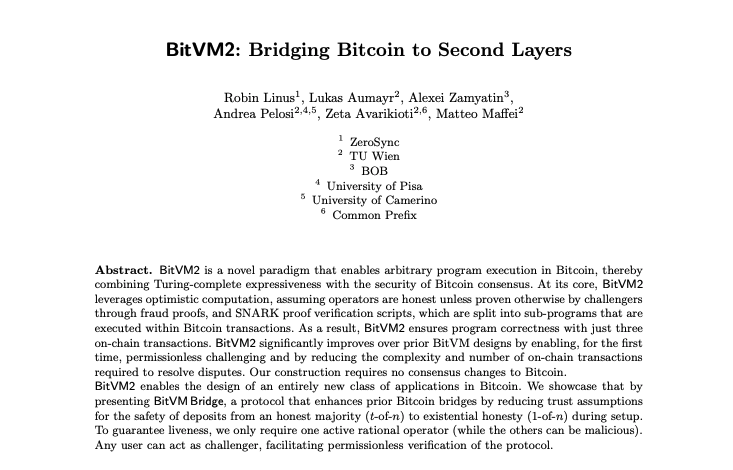
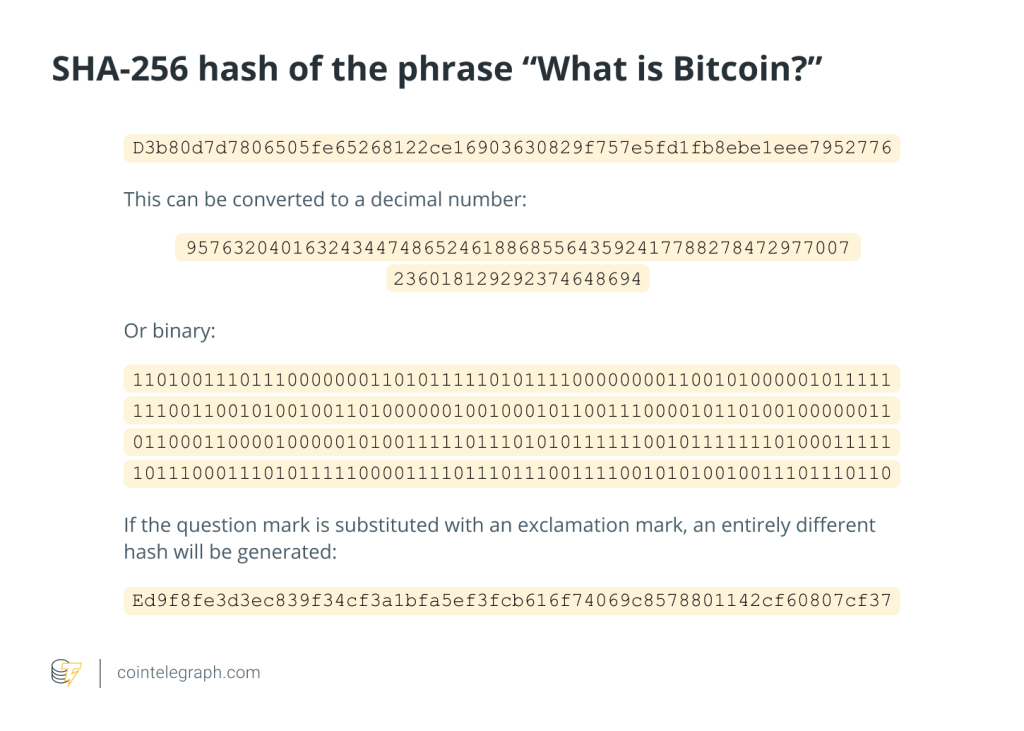
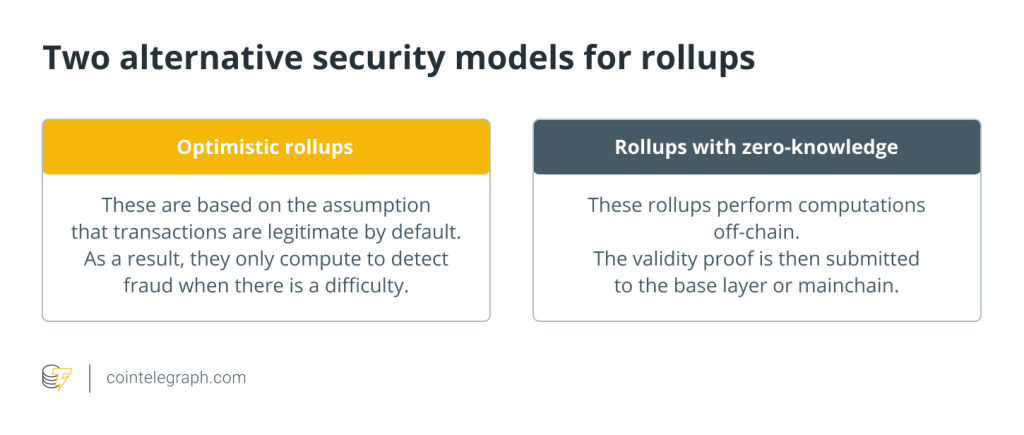

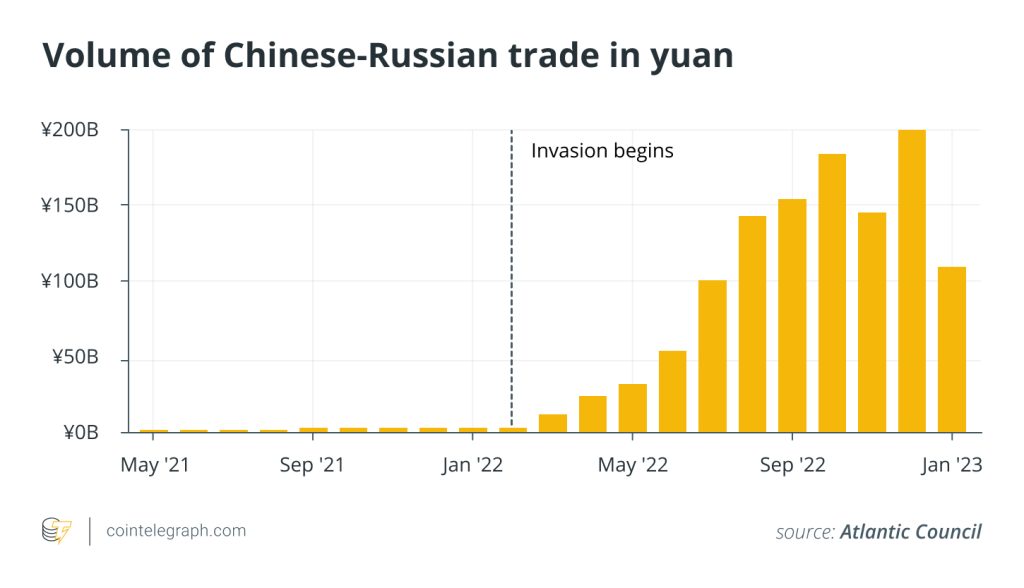
… [Trackback]
[…] Information to that Topic: x.superex.com/academys/deeplearning/1733/ […]
… [Trackback]
[…] There you will find 47845 additional Information to that Topic: x.superex.com/academys/deeplearning/1733/ […]
… [Trackback]
[…] Find More to that Topic: x.superex.com/academys/deeplearning/1733/ […]
… [Trackback]
[…] Read More on to that Topic: x.superex.com/academys/deeplearning/1733/ […]
… [Trackback]
[…] There you will find 95546 additional Information on that Topic: x.superex.com/academys/deeplearning/1733/ […]
… [Trackback]
[…] Read More to that Topic: x.superex.com/academys/deeplearning/1733/ […]
… [Trackback]
[…] Information to that Topic: x.superex.com/academys/deeplearning/1733/ […]
… [Trackback]
[…] Information on that Topic: x.superex.com/academys/deeplearning/1733/ […]
… [Trackback]
[…] Find More to that Topic: x.superex.com/academys/deeplearning/1733/ […]
… [Trackback]
[…] There you will find 12158 more Information to that Topic: x.superex.com/academys/deeplearning/1733/ […]
… [Trackback]
[…] Here you will find 40696 more Info on that Topic: x.superex.com/academys/deeplearning/1733/ […]
… [Trackback]
[…] Info on that Topic: x.superex.com/academys/deeplearning/1733/ […]
… [Trackback]
[…] There you can find 83790 more Information on that Topic: x.superex.com/academys/deeplearning/1733/ […]
… [Trackback]
[…] Find More on that Topic: x.superex.com/academys/deeplearning/1733/ […]
… [Trackback]
[…] There you will find 67024 additional Info on that Topic: x.superex.com/academys/deeplearning/1733/ […]
… [Trackback]
[…] Find More on on that Topic: x.superex.com/academys/deeplearning/1733/ […]
… [Trackback]
[…] Information on that Topic: x.superex.com/academys/deeplearning/1733/ […]
… [Trackback]
[…] Find More on to that Topic: x.superex.com/academys/deeplearning/1733/ […]
… [Trackback]
[…] There you can find 25754 additional Information on that Topic: x.superex.com/academys/deeplearning/1733/ […]
… [Trackback]
[…] Read More Information here on that Topic: x.superex.com/academys/deeplearning/1733/ […]
… [Trackback]
[…] Read More Info here to that Topic: x.superex.com/academys/deeplearning/1733/ […]
… [Trackback]
[…] Find More on to that Topic: x.superex.com/academys/deeplearning/1733/ […]